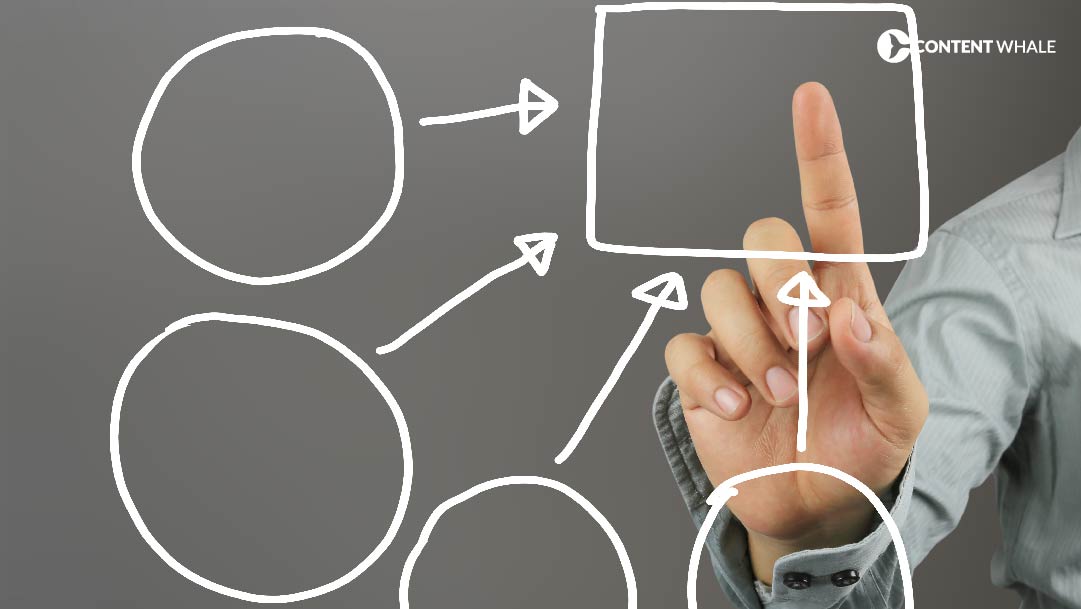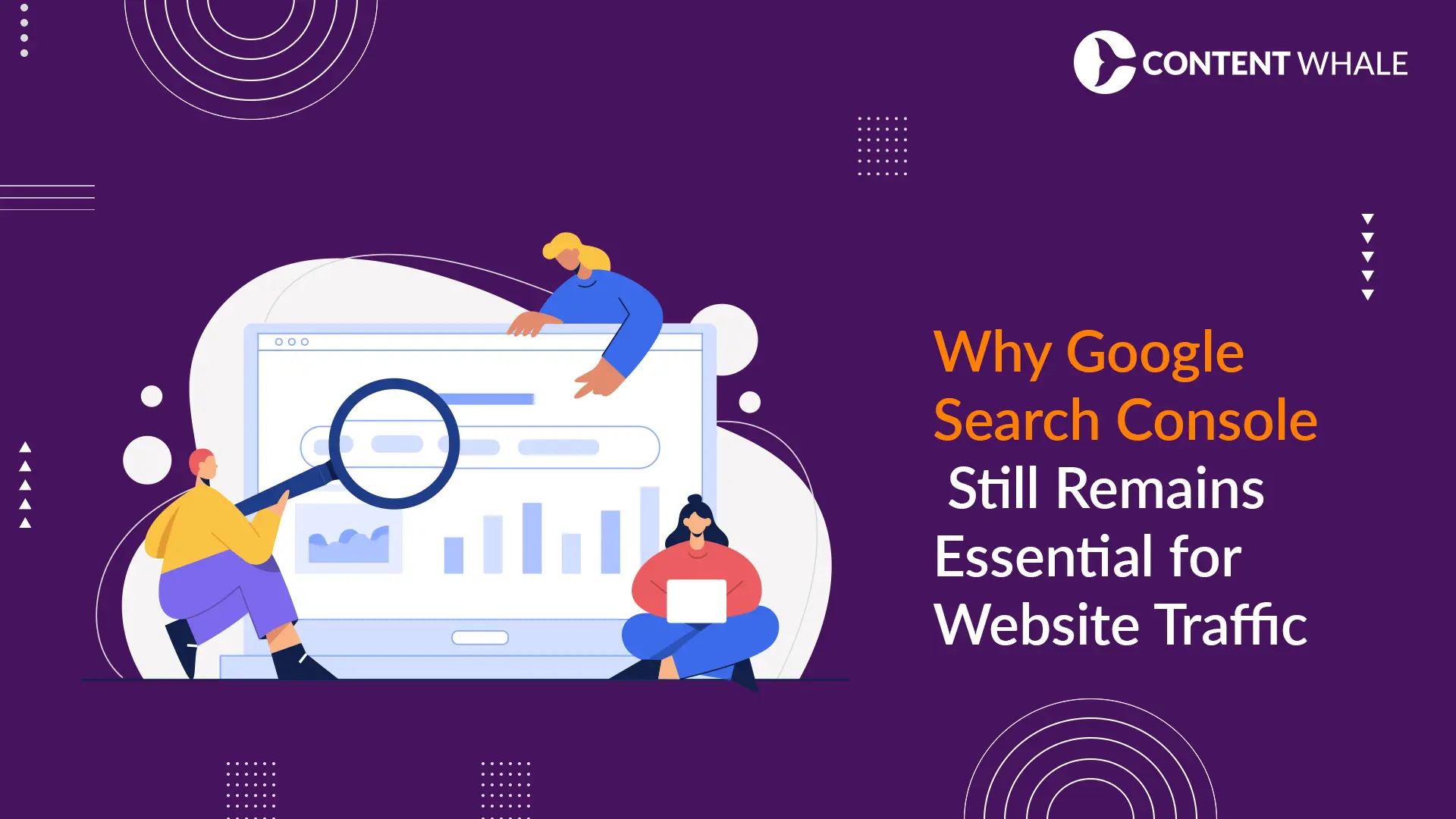As AI technology continues to improve, distinguishing between content created by humans and machines becomes increasingly challenging. The ability to how to spot AI writing is more than just a technical skill—it’s becoming a necessary part of interacting with digital content.
Whether it’s a blog, a news article, or any form of written communication, the rise in how to spot AI generated content raises significant concerns about authenticity and reliability.
Today, we have powerful tools and strategies to identify AI-created texts, which is vital for maintaining the integrity and trustworthiness of information we rely on daily.
This guide will explore effective methods and signs for how to detect AI generated text and offer insights into why these skills are essential for anyone navigating the digital information space.
By understanding how to detect AI content, readers can better assess the quality and origin of the information they consume, ensuring they make informed decisions based on credible content.
Join us as we uncover the techniques to how to spot AI content and learn how to discern the nuances that differentiate human from machine-written texts. This knowledge is not just useful but essential in an age where digital content can originate from countless sources, many of which may not always have the best intentions at heart.
Why Should You Care About AI-Generated Text?

Understanding how to spot AI-generated content is crucial in today’s digital environment where the line between human and machine-generated text is increasingly blurred. The explosion of AI writing tools has made it easy to produce content rapidly, but this convenience comes with its own set of challenges.
1. The Rise of AI Writing Tools
AI writing tools have revolutionized content creation, offering efficiency and scalability that traditional methods cannot match. However, this technology also poses risks.
AI-generated articles and reports are everywhere, affecting how we consume news, do research, and even interact on social media. Recognizing these outputs ensures we understand the origin and potential biases of the content we consume.
2. Potential Issues with AI-Generated Content (Accuracy, Originality, Lack of Nuance)
The main issues with AI-generated content include accuracy, originality, and lack of nuance. AI often relies on existing data to generate content, which can perpetuate outdated or incorrect information, making the ability to how to detect AI writing vital for those who seek factual and up-to-date data.
Additionally, because AI lacks human experience and emotional depth, the content may miss the subtle cues that give writing personality and relatability, underscoring the importance of how to detect AI content.
3. Protecting Yourself from Misinformation and Low-Quality Content
In an era of information overload, protecting oneself from misinformation is more important than ever. AI-generated text can sometimes be misleading, intentionally or not, as it might not always distinguish between verified facts and well-crafted fabrications.
Being equipped with the knowledge of how to spot AI content helps ensure that individuals and organizations are building knowledge based on accurate and high-quality sources, not just well-written but potentially false narratives.
By learning to identify AI-created texts, we empower ourselves to seek out genuinely informative and reliable content, enhancing both personal knowledge and the overall quality of information shared across communities.
This knowledge is not only a shield against misinformation but also a tool for promoting a more informed and discerning public.
How to Spot AI Writing Or AI-Generated Text
Identifying AI-generated text involves understanding the nuances and patterns that AI typically exhibits when producing content. Here are some of the key aspects to examine:
1. Examining the Language

• Repetitive Sentence Structure and Word Choice
AI tends to lean on repetitive patterns in sentence structures and word choices due to its reliance on statistical likelihoods rather than true linguistic understanding.
These patterns often appear because AI models predict the next word in a sequence based heavily on training data, which can lead to a noticeable lack of variety in phrasing.
• Vocabulary and Tone: Too Formal or Generic?
AI-generated texts often exhibit a formal or neutral tone, lacking the personal touch or emotional nuance typically present in human writing.
This can make the content feel detached or overly standardized, which might not align with the conversational or varied style seen in human-authored texts.
• Clichés and Awkward Phrasing
Due to its training on vast datasets containing extensive use of common phrases, AI can struggle with idiomatic expressions and might default to using clichés or producing awkward phrases that do not sound natural in everyday language.
This can result in sentences that feel clunky or out of place compared to the smooth, intuitive flow of human writing.
2. Delving Deeper: Content Structure and Cohesiveness

• Shallow Arguments and Lack of Depth
AI content usually shows a lack of deep analytical thought and fails to provide strong arguments or thorough insights on complex topics.
This is because AI models do not genuinely ‘understand’ the content; they generate text based on patterns found in the data they have been trained on, which may not adequately capture the complexity or depth of certain subjects.
• Unnatural Transitions and Inconsistencies
Texts generated by AI can suffer from poor transitions and narrative inconsistencies, which are telltale signs of non-human authorship.
These inconsistencies often occur because AI may not fully grasp the overall context or the subtle shifts in topic that typically occur in a well-constructed human-written article.
• Factual Inaccuracy and Unsupported Claims
AI may produce content that includes factual inaccuracies or makes claims not supported by reliable evidence, often due to its training on outdated or incorrect data.
This highlights the importance of fact-checking AI-generated content, especially in contexts where accuracy is critical, such as academic writing or news reporting.
3. Investigating Beyond the Text: Source and Credibility

• Anonymous Authors or Dubious Sources
A lack of clear authorship or the presence of dubious sources are significant indicators that content may be AI-generated, as credible publications usually provide transparency about their authors and sources.
Content that lacks these details might be relying on the obscurity to mask its AI origins.
• Missing References or Unreliable Citations
Proper citations are often missing in AI-generated content, which might also reference unreliable or non-credible sources as a basis for information.
This can be a red flag, particularly in academic or professional contexts where sourcing is paramount.
• Inconsistent Branding or Messaging
Mismatched branding or inconsistent messaging across a platform can suggest the involvement of AI in content creation, especially when it does not align with the established voice of the brand or the expectations of its audience.
This inconsistency can be particularly noticeable when the same AI model is used across various content types without proper adjustments for context or audience.
Recognizing these characteristics can help individuals and organizations better discern the quality and authenticity of the content they engage with, ensuring they rely on information that is both accurate and human-driven.
Advanced Techniques: How to Detect AI Writing Using Tools

As digital content proliferates, the demand for more sophisticated methods to how to spot AI writing has led to the development of various tools designed to help discern human from machine-generated texts.
These tools can be invaluable for educators, publishers, and content managers who need to ensure the authenticity and integrity of their materials.
1. How to Spot AI Writing with AI Content Detection Tools
The market offers a variety of tools specifically designed to how to detect AI generated text. These tools analyze the text to identify patterns typical of AI, such as uniformity in tone, sentence structure, and choice of words.
Popular tools like Turnitin and Copyscape have expanded their capabilities to include detection of AI-generated content, providing users with scores that indicate the likelihood of text being machine-produced.
Each tool has its strengths and weaknesses, making it vital to choose one that best fits the specific needs of the user.
Here are some of the best AI detection tools available in 2024:
| Sr. No. | Tool Name | Key Features | Limitations | Pricing |
|---|---|---|---|---|
| 1 | Winston AI | OCR technology, multiple file format support, multi-language | Limited features in free plan, requires signup | Free; paid plans start at $12/month |
| 2 | GPTZero | Measures “perplexity” and “burstiness”, batch file upload, detailed analysis | Mainly for educational use, limited free functionality | Free; paid plans available |
| 3 | CrossPlag | Simple UI, quick detection, doesn’t store data, feedback option | Only supports English, not 100% accurate | Free |
| 4 | Phrasly | Identifies and corrects AI segments, user-friendly, offers writing improvement suggestions | May require learning curve | Not specified |
| 5 | ContentAtScale | Dual functionality for AI detection and content improvement, analyzes sentence-by-sentence | AI rewrites not always reliable | Free; Pro version: $49/month |
| 6 | Originality.ai | AI detection and plagiarism checking, collaborative features, readability tests | Pay-as-you-go pricing might limit features | $14.95/month for base subscription |
| 7 | Undetectable.ai | AI content detector and text humanizer, supports large texts | High pricing, outdated interface | Free; higher tiers available |
| 8 | Writer | Integrates with multiple platforms, prioritizes data privacy | Limited language support compared to competitors | Contact for pricing |
| 9 | GLTR | Forensic text analysis using color-coding, based on GPT-2 technology | May not handle newer AI technologies efficiently | Free |
| 10 | Copyleaks | AI-based text analysis, plagiarism detection, enterprise-level protection | Not specified | Contact for pricing |
2. Fact-Checking Websites and Databases
To how to spot AI content, one effective strategy is using reputable fact-checking websites.
These platforms are crucial in verifying the accuracy of information, especially in an era where AI can generate believable but inaccurate or misleading content.
By cross-referencing content against verified data, users can confidently identify and reject fabricated information.
3. Utilizing Search Engine Techniques
Advanced search engine techniques are another critical method for those looking to how to detect AI writing. Search engines can help verify the originality of a text by checking for duplicated content across the internet.
Using specific search operators, users can uncover whether a piece of content has been replicated from existing materials, which is a common tactic employed by less sophisticated AI text generators.
By incorporating these advanced tools and techniques, individuals and organizations can significantly enhance their ability to distinguish between human and AI-generated content.
This capability is not only essential for maintaining content quality and credibility but also for safeguarding against the potential spread of misinformation.
Human vs. Machine: The Importance of Authentic Content

The digital age demands a critical eye to distinguish between human and machine-generated texts.
As AI writing tools become more sophisticated, the skill to how to spot AI writing is essential not just for content creators but for anyone who consumes online information.
This section explores why genuine human content is invaluable and how we can maintain authenticity in an increasingly automated world.
1. The Value of Human Expertise and Creativity
Human writers bring a unique blend of experiences, emotions, and creativity to their work—qualities that AI, as of now, cannot replicate. When we engage with content that resonates on a human level, it often contains insights, subtleties, and a depth of perspective that enriches the reader’s understanding.
How to detect AI writing is not just about identifying what is machine-generated; it’s about appreciating and seeking out the irreplaceable value of human touch in content.
2. Combating Misinformation and Promoting Trustworthy Content
With the ability to generate vast amounts of information quickly, AI tools can sometimes spread misinformation, either by mistake or when used with intent to deceive.
This makes it increasingly important to how to spot AI generated content. Tools and techniques that help in how to detect AI content play a crucial role in ensuring that the information we trust is not only well-crafted but also accurate and truthful.
3. The Future of AI Writing: Collaboration, not Competition
Looking forward, the goal isn’t to sideline AI in content creation but to harness its capabilities to enhance human creativity. How to detect AI generated text will remain a vital skill as we navigate this partnership.
By ensuring AI tools are used responsibly, we can maintain the quality and integrity of information—valuing AI as a tool for assistance, not a replacement for human ingenuity.
By understanding how to spot AI content and valuing human-authored content, we can better navigate the complex interplay of technology and authenticity in our digital communications.
Recognizing the signs of AI writing helps safeguard the authenticity of our shared knowledge base and ensures that technology enhances rather than diminishes our collective wisdom.

Mastering how to spot AI writing is critical in today’s digital environment where AI-generated content is prevalent.
Sharpening skills in how to detect AI generated text is essential for anyone who engages with online content, ensuring they can differentiate between genuine human creations and machine-generated outputs.
Recognizing how to spot AI generated content and how to detect AI content equips us to approach digital information with a discerning eye, enhancing our ability to identify authenticity in a sea of data.
This capability is vital not only for protecting ourselves from misinformation but also for appreciating the nuanced insights that only human writers can provide.
As digital landscapes continue to evolve, the need to pinpoint how to spot AI content, how to detect AI writing, and how to spot AI writing becomes more significant. It involves continuous learning and adapting to new technological advancements.
By cultivating these skills, we ensure that our interactions with digital content remain rich, informed, and, above all, genuine.
Going on a path to become a proficient content detective requires vigilance and a commitment to understanding the nuances of AI technologies.
With the right knowledge, we can all play a part in fostering a more authentic and reliable digital world. In case you are in need of AI-free content, Content Whale is a no-brainer, one-in-a-zillion, the best SEO-driven content writing company there is. To know more, check this out.

Is all AI-generated content bad?
Not necessarily. AI writing tools can offer significant benefits when used ethically and with human oversight. They can enhance productivity, provide assistance in generating ideas, and help overcome writer’s block.
Knowing how to spot AI writing is essential, however, to ensure these tools are used to complement human creativity rather than replace it.
Can AI ever write indistinguishable content from humans?
While AI is advancing rapidly, how to detect AI generated text remains a vital skill. AI can mimic many aspects of human writing, but subtle nuances often give it away.
Staying vigilant is crucial as technology evolves, so recognizing how to spot AI generated content helps maintain a level of scrutiny necessary for quality and authenticity.
What if I’m unsure about the origin of a text?
If the origin of a text is unclear, consider investigating further. Contacting the author or the website directly can provide clarity.
Techniques in how to detect AI content involve checking the digital footprint of the content or using specialized tools to analyze the writing style.
What are some good practices for creating high-quality, human-written content?
To produce high-quality, human-written content, focus on thorough research, a clear structure, robust arguments, and an engaging style.
These elements help distinguish genuine human content from AI-generated texts, enhancing both the readability and credibility of your work.
Are there any legal implications of using AI-generated content?
Yes, using AI-generated content can lead to legal challenges, particularly concerning copyright and plagiarism.
Ensuring content is attributed correctly and not violating copyright laws is essential, highlighting the importance of knowing how to detect AI writing to avoid legal pitfalls.
Where can I learn more about AI writing and its development?
Numerous resources are available for those interested in AI writing and its ongoing development.
Reputable organizations and educational institutions often provide courses, publications, and seminars that delve into the capabilities and ethical use of AI in writing.
Exploring these resources can provide deeper insights into how to spot AI content and its implications for the future of writing.





